Learn to read Korean with our online course here.
Do you want to learn to read the Korean alphabet?
While speaking Korean can be quite challenging, the Korean alphabet is actually really easy to learn. Knowing “hangul” (the Korean word for their alphabet) can help you navigate maps and menus, even if you can’t speak the language. So, why not take some time to learn more about one of the world’s most efficient writing systems?
.The official writing system of both Koreas is called “hangul”. South Koreans admire their alphabet so much, that there’s even a national holiday called “Hangul Day”.
But it is also one of the youngest alphabets in the world, dating from the mid-15th century. Hangul is also unique from other writing systems because it does not derive from any other existing script. So, how did the Korean alphabet come to be?
.
Before the Korean Alphabet
Before Hangul, Koreans used “hanja” (classical Chinese characters) as their writing system (learn more about hanja here!) This worked because Chinese characters represent ideas rather than sounds, and can thus represent a variety of different languages. However, this character-based system failed to adequately express the complexity and nuances of Korean grammar. The Korean and Chinese languages are vastly different.
Another problem was that since one must be able to read several thousand hanja in order to be literate (instead of just a couple dozen letters, as with alphabets) only members of the upper class could be literate. Ordinary citizens had neither the opportunity, nor time, to learn and memorize thousands of Chinese characters.
Without the ability to read and write, ordinary Koreans who worked in specific industry fields had no means to record the trade practices and wisdom they had honed, nor could most Koreans write a letter. They couldn’t even file a written claim with the authorities.
.
The Creation of a New Korean Alphabet
In 1397, King Sejong ascended to the Korean throne as the fourth king of the Joseon Dynasty. A king who held great sympathy and respect for his people, King Sejong recognized the limits of using classical Chinese script to express the Korean language. He also knew that its difficulty to learn kept the Korean people largely illiterate.
Thus King Sejong instructed the Hall of Worthies, a royal academy he had set up, to construct an entirely new writing system. His plan was to make this alphabet much more efficient, and easier to learn.
In 1446, he proclaimed the new Korean script to be Korea’s first alphabet.
.
How the Korean Alphabet Works
Originally called “Hunminjeongeum” (meaning “proper sounds to instruct the people”), the academy designed the new writing system to represent the way that the tongue and lips were shaped when pronouncing their sounds.
Each syllable is includes 3-4 letters, packed into a neatly contained square, as you can see below (two syllables).
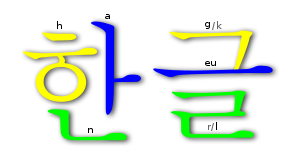
.
The Rise of Hangeul and Korean Literacy
The new writing system’s simplicity and ease of learning made it popular with commoners. Even without much education at all, anyone could quickly learn the Korean alphabet.
On the script’s ease of learning, there is a famous saying: “A wise man [could] acquaint himself with them before the morning [was] over; a stupid man [could] learn them in the space of ten days.”
A century after the emergence of Hangeul, poetry, novels, and diaries used the new Korean alphabet. It was no longer just the upper class that had access to literacy.
However, the aristocratic class was strongly opposed to Hangul. Subsequent kings of Korea even attempted to ban its study and usage.
However, its ease of acquisition ensured its survival. By the late 19th century, Korean textbooks, newspapers, and even official documents were using Hangul. The Japanese colonial government banned it once more in the 20th century, but Hangeul was reinstated again after Korea’s independence.
Interested in Korean translation? Learn more here.
The Korean Alphabet Today
Today, Hangul is a source of national pride for Koreans. They still see Hangul’s creation as one of King Sejong’s greatest achievements.
It is hard to argue with Korea’s high literacy rate (near 99%). Hangul even made headlines in 2009, when the Indonesian town of Bau-Bau unofficially adopted the writing system to write their Cia-Cia language.
The global popularity of Korean culture, including K-Pop and Korean television dramas contribute to a strong interest in learning Hangul. Korean language centers and schools are opening up all over the world.
But even if there isn’t a center or school near you, it is easy to teach yourself to read and write Korean!
Here are a few great websites (free and paid) to start learning to read and write Korean:
Want your free starter kit to study Korean on your own? Check out our partner site!
Happy Hangul learning!
By Stewart Ho
Stewart Ho is a writer living in Seoul.
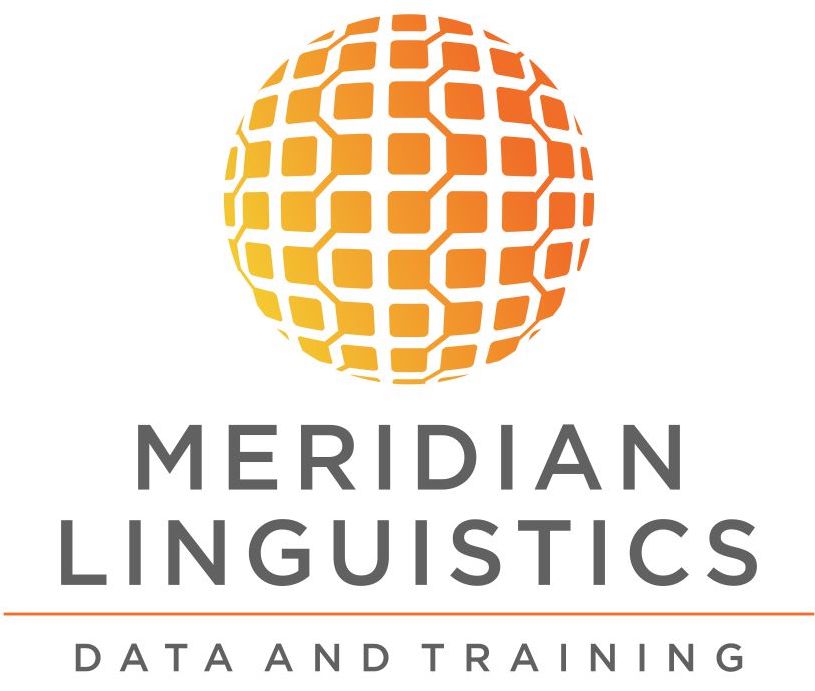
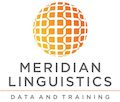
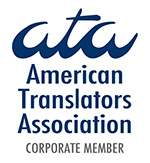
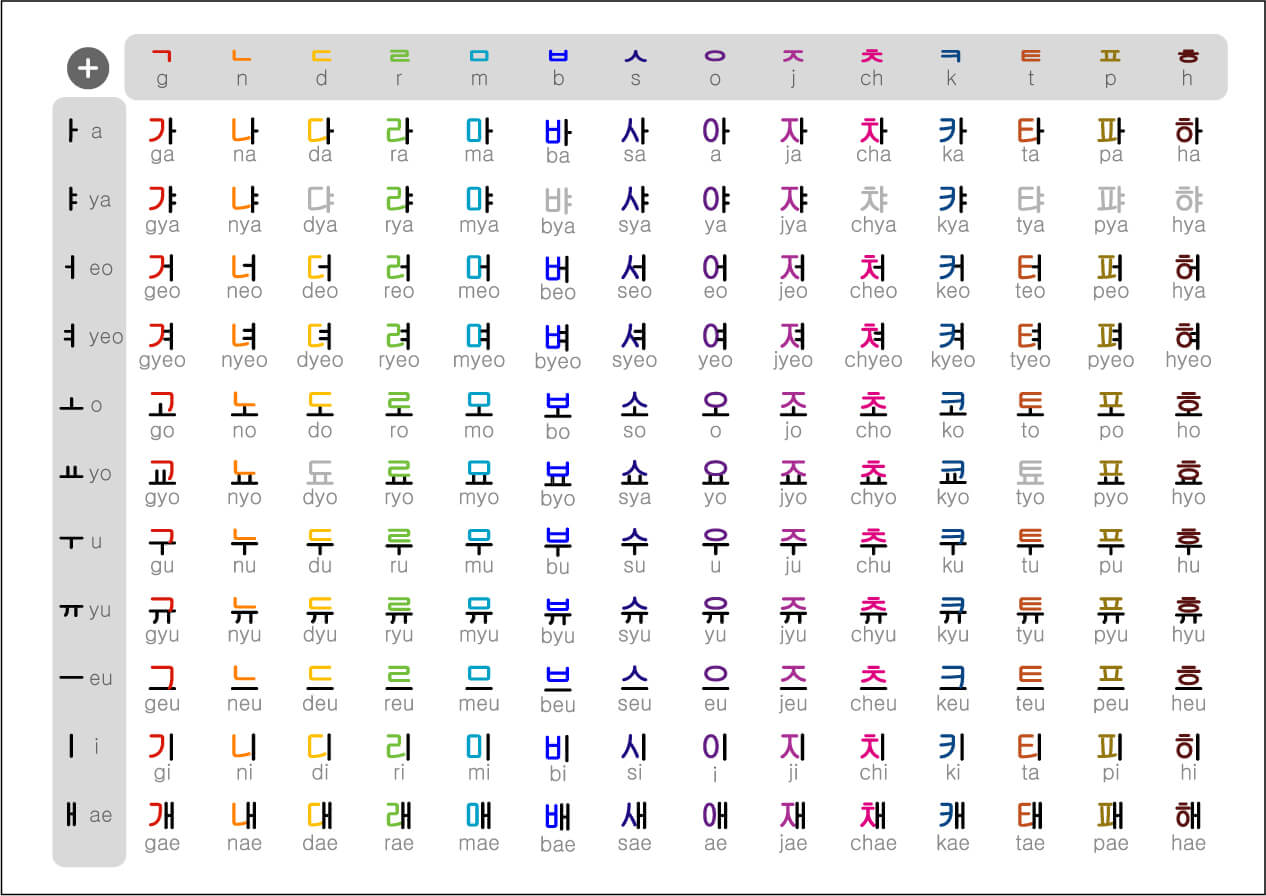

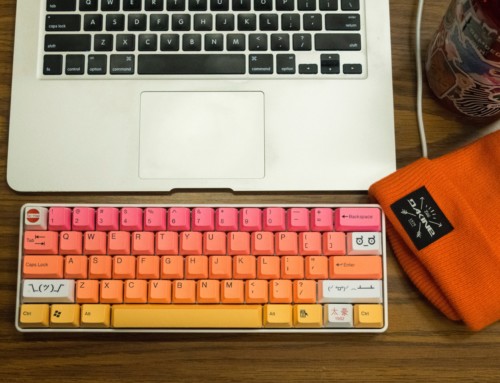

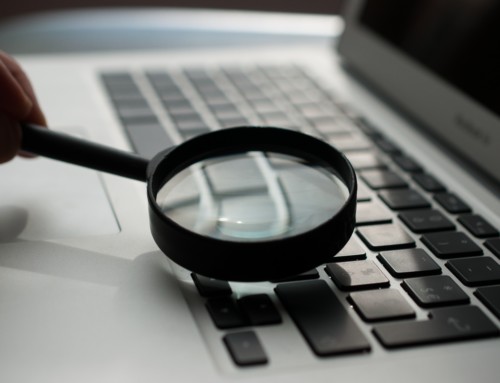


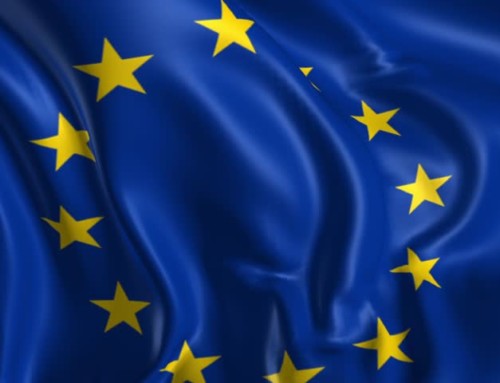


Easy learning “Korean languages culturally of South Korea” are Standard Korean. Koreans, unsurprisingly, speak Korean, and a standard version is understood throughout the country.Korean dialects. In different areas of South Korea you will find that different dialects are spoken.The Koreans consider themselves to be one family and they speak one language. They have a strong cultural identity.The Korean language is spoken by 65 million people living in or near to South Korea. Elsewhere in the world 5.5 million people speak Korean.South Koreans are reserved and well-mannered people. Korea is a land of strict Confucian hierarchy and etiquette is important. If you learn and observe some of the local customs and cultures it will be much appreciated. To better understand the language, you definitely need to have a good understanding of Korean culture. Especially if you’re considering a move or visit to beautiful South Korea.South Korean people are incredibly helpful, especially with older people. They really appreciate when a foreigner attempts to learn their language. If they see you struggling with some Korean words, they will surely rush to help out.
Thank you very much I was looking for some sites to learn Korean since I saw some k-dramas and then I also like k-pop. Finally found a good website to learn Korean. I had a hard time to learn Korean. Now I found this site very useful for me. I’m following another site also to learn korean.
This was helpful and i learn really fast so i know all consonents and vocabulary